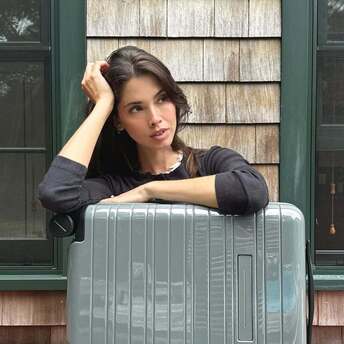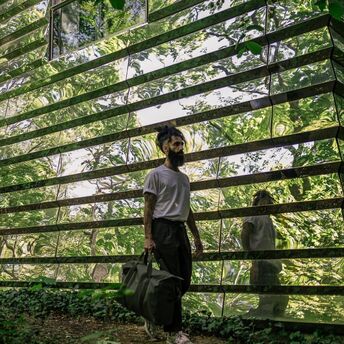Lapland Emerges as Unexpected Summer Travel Destination
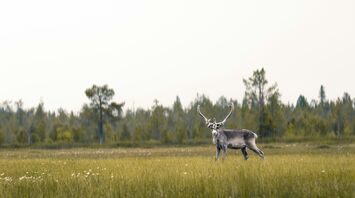
Lapland, generally known for its winter tourism, is slowly turning into a summer travel region too. From June through August, the region is bathed in near-constant daylight, transforming into a landscape rich with natural beauty. Where snowcapped forest and reindeer sleighs are replaced with hiking trails, clear rivers and quiet forest suited for warmer weather. This shift is changing how and when tourists experience the northernmost part of Finland.
As seasonal temperatures climb, Lapland’s terrain becomes more accessible for various activities. The region’s extensive trail systems, including routes like Hetta-Pallas and Kevo Canyon, offer long-distance hikes through fells and canyons, while areas like Kaldoaivi appeal to experienced mountain bikers. With fishing spots such as the Teno River and Lake Inari coming into season, summer also presents rare opportunities to enjoy the region’s outdoor offerings without winter’s limitations.
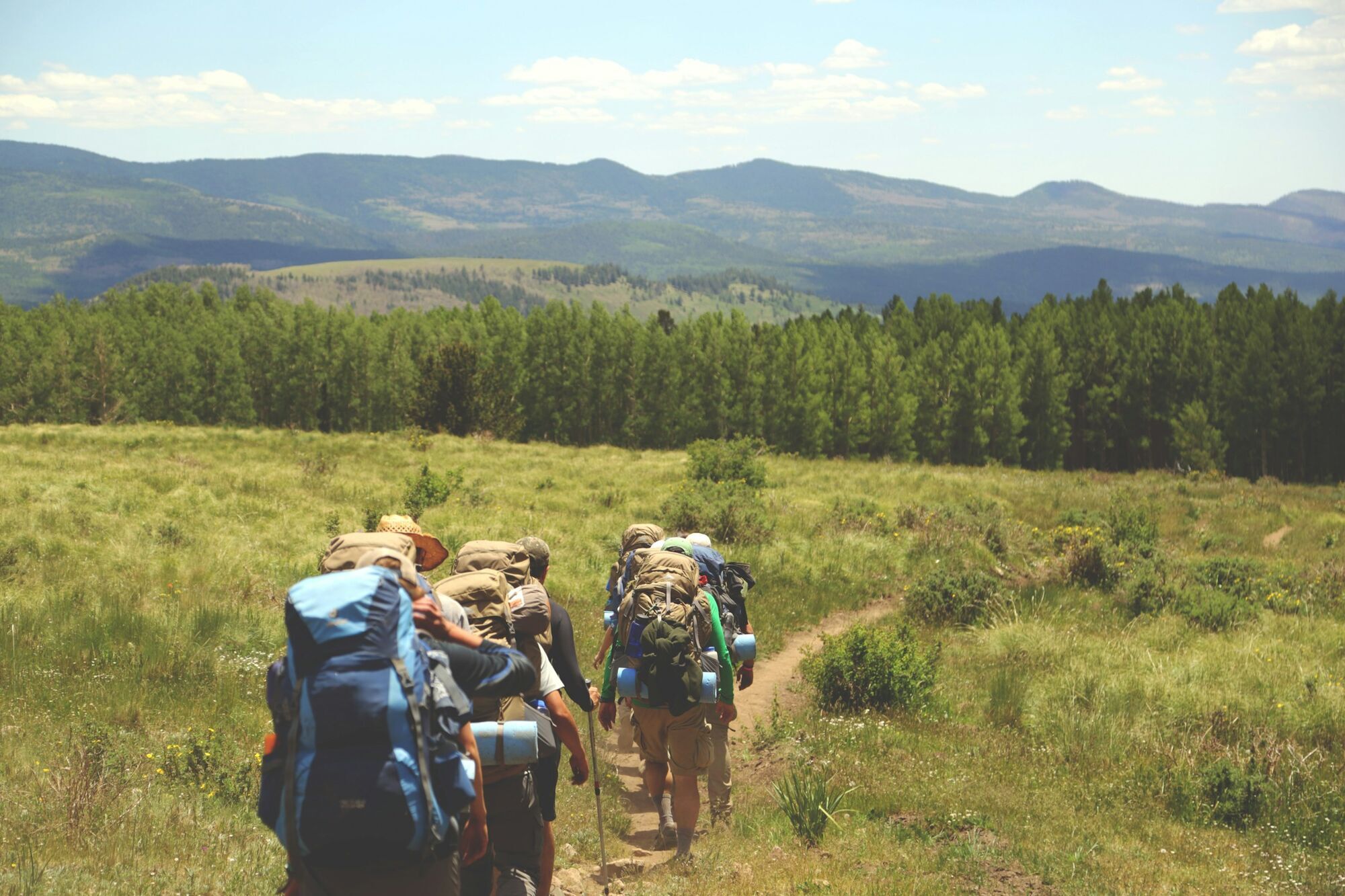
The seasonal metamorphosis creates more flexible and spacious trips at less crowded times of the year. Hiking across untouched landscapes and camping under the midnight sun allows a deeper connection to nature. Visitors can also try traditional activities like gold panning in Tankavaara or explore national parks where wildlife and Arctic flora are in full bloom. These experiences are somewhat unique from the ski holiday that we all know.
Summer in Lapland also shows some little known sides of local culture which are not as commonly seen during other seasons. Destinations like Inari host small lakeside resorts with saunas, open-air cafés, and forest trails, while beaches such as Säikänsalmi in Posio provide rare northern sunbathing spots. From rustic log cabins or clean arctic cuisine travellers can experience the real Finnish hospitality both wild and hospitable.
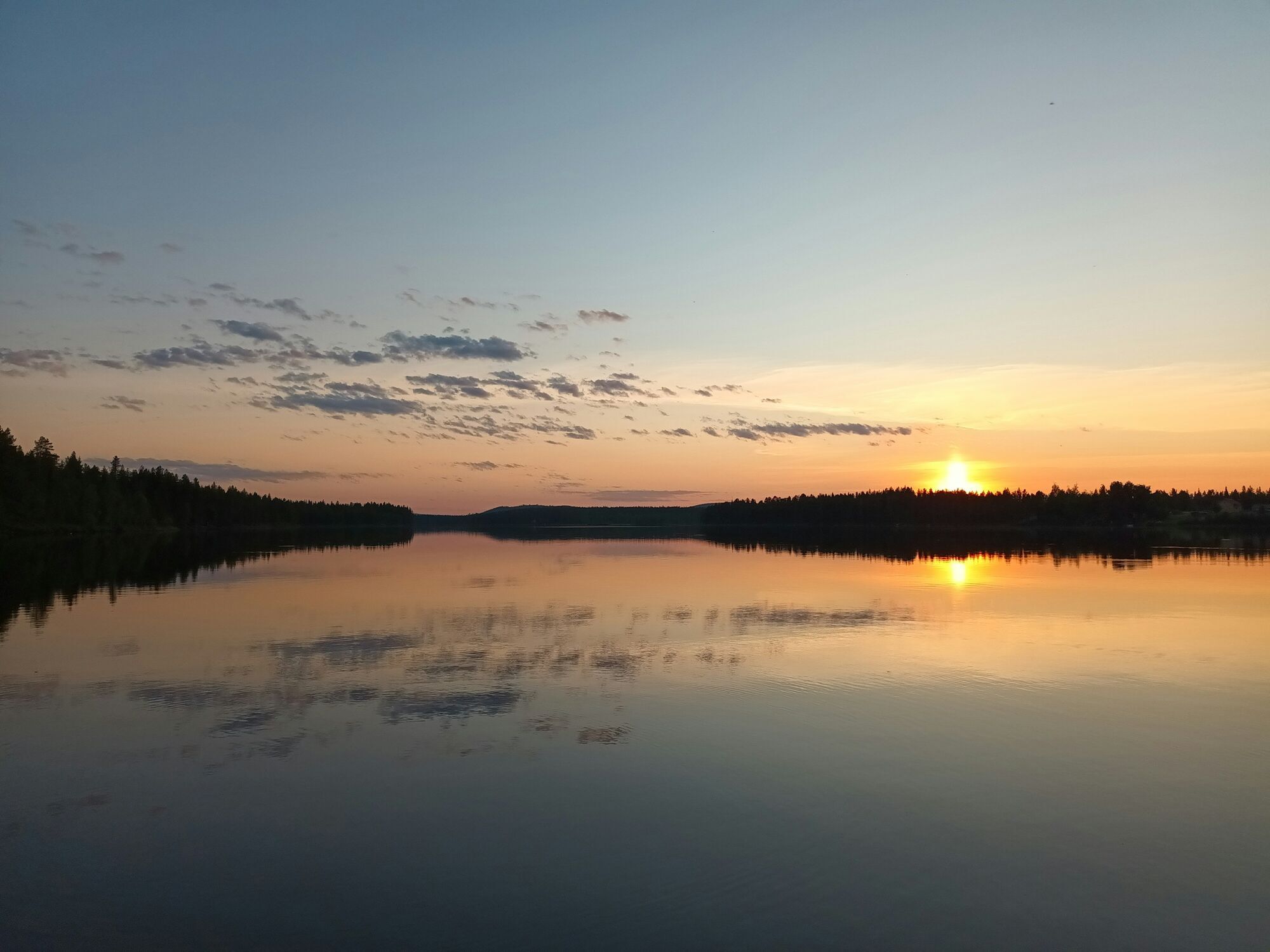
For travellers seeking off-season adventures, this marks a shift toward more balanced and sustainable tourism. Lapland’s warm season not only diversifies the region’s appeal but also makes it more accessible, affordable, and environmentally friendly. It’s a chance to see the Arctic without snow—yet still full of magic.
